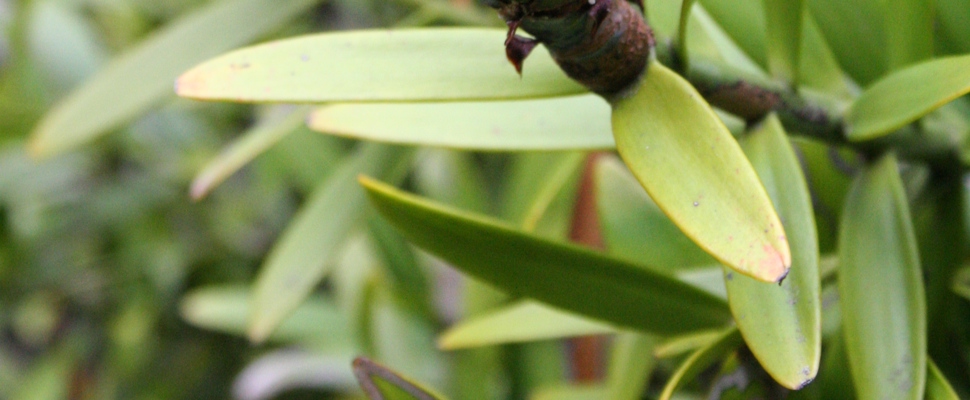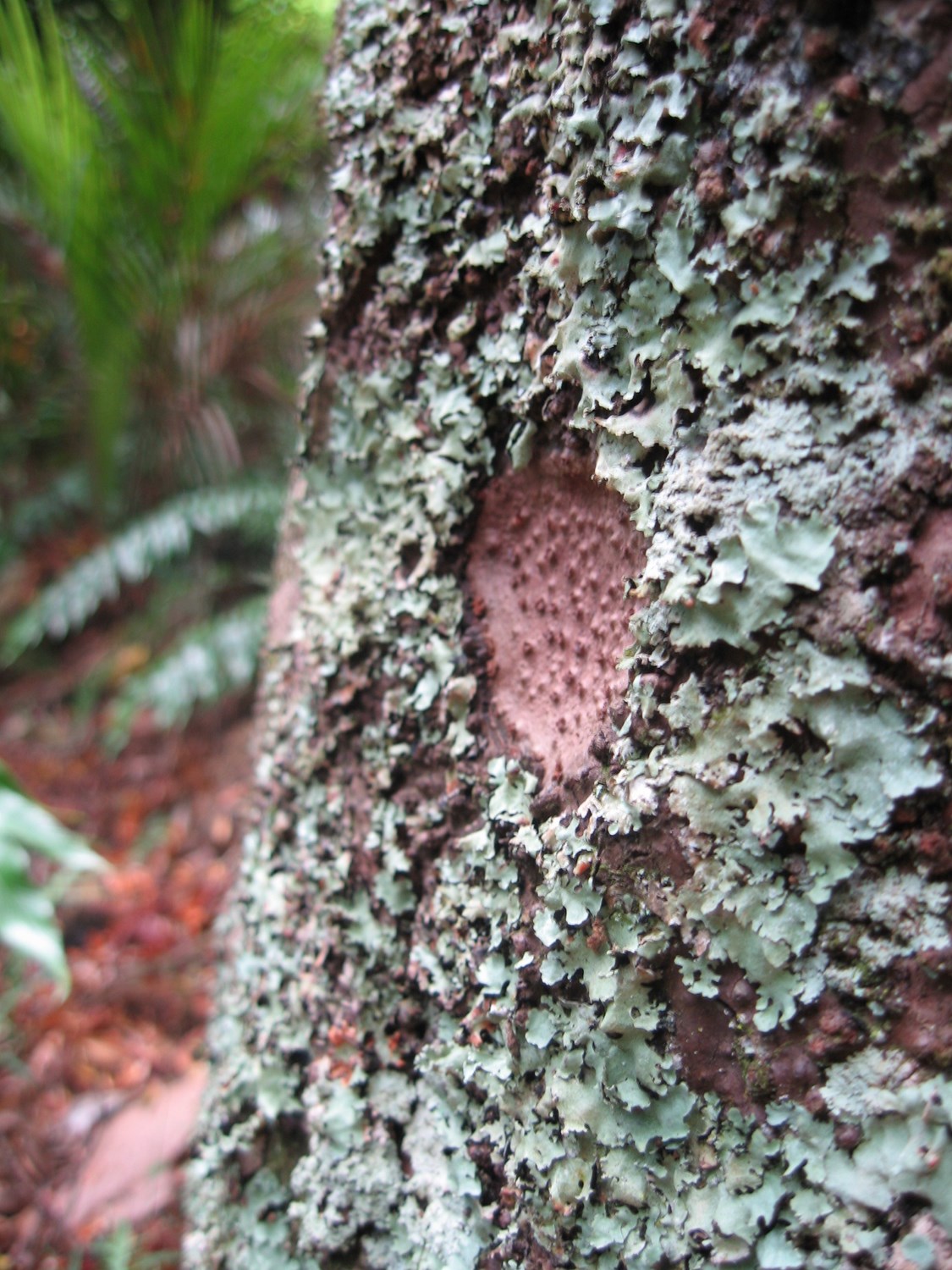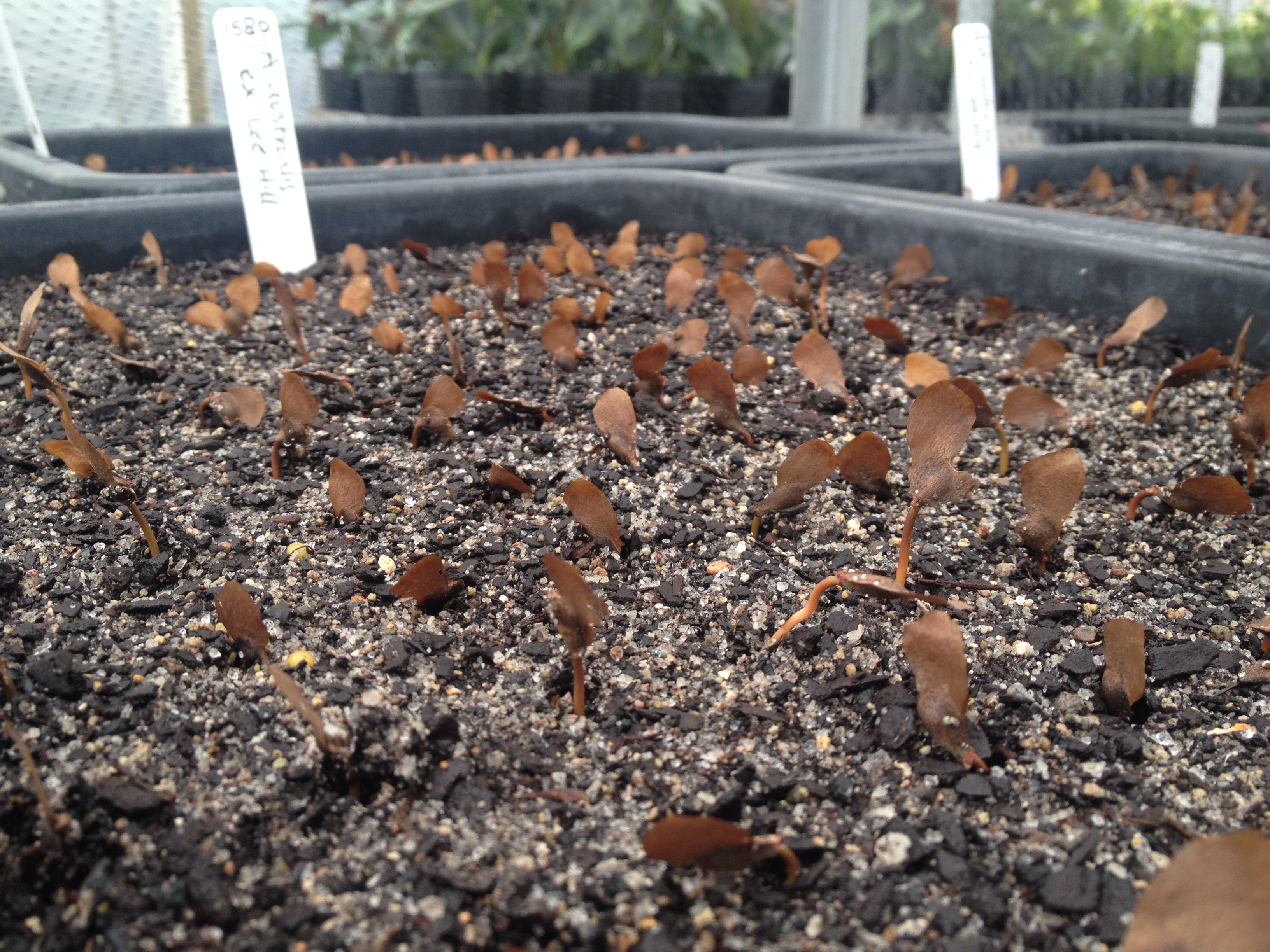
Kauri dieback
Saving our majestic trees
NZ kauri (Agathis australis) are part of an ancient family of trees (the Araucariaceae family). They are very long-lived with an average life expectancy of 600 years. While not the tallest tree in NZ (they get to be about 30-50m tall) they are probably the biggest by volume as they have wide trunks.
Kauri trees grow so densely and live so long that they change the forest conditions where they live e.g. they make soils acidic and less fertile. This means a specific group of plants grow with them, the kauri forest community and these include plants that have even been named after this majestic tree e.g. kauri grass Astelia trinervia; kauri greenhood orchids Pterostylis agathicola (this scientific name also references the genus name of kauri) and Pterostylis brumalis, and kauri sedge Schoenus tendo. You’ll also often only find Gahnia xanthocarpa, Dracophyllum latifolium, Alseuosmia macrophylla, Halocarpus kirkii, Leionema nudum, Metrosideros albiflora, Schizaea dichotoma, and Senecio kirkii in kauri forests.
Kauri Dieback
Kauri dieback is a devastating disease of kauri trees. Dying trees were first noted around 2008 and since then the cause of the disease has been identified as a soil microorganism (a type of slime mould) called Phytophthora agathidicida. There are many different types of these slime moulds, and many are diseases in horticulture.

Our Research
Kauri dieback is killing trees in forests, but also in our backyards and local parks. Our research focuses on whether there are any treatments that homeowners can use to help their trees battle this disease. We are working in the lab and nursery to see if soil bio-control agents are useful, but also working in the community to test these out in the field. Another part of this research is continuing to survey for this plant over the Auckland landscape by air and then checking on the ground that the surveys are giving us accurate data. This will help us monitor the impact of kauri dieback through time but also identify any new areas where the disease has spread.
Working Together
This research is funded by the Ministry of Primary Industries. We work together as a team to combat kauri dieback. Partners include the Ministry for Primary Industries, the Department of Conservation, Auckland Council, Northland Regional Council, Waikato Regional Council, Bay of Plenty Regional Council and Tāngata Whenua.
If you want to read more about kauri dieback visit www.kauriprotection.co.nz/.
